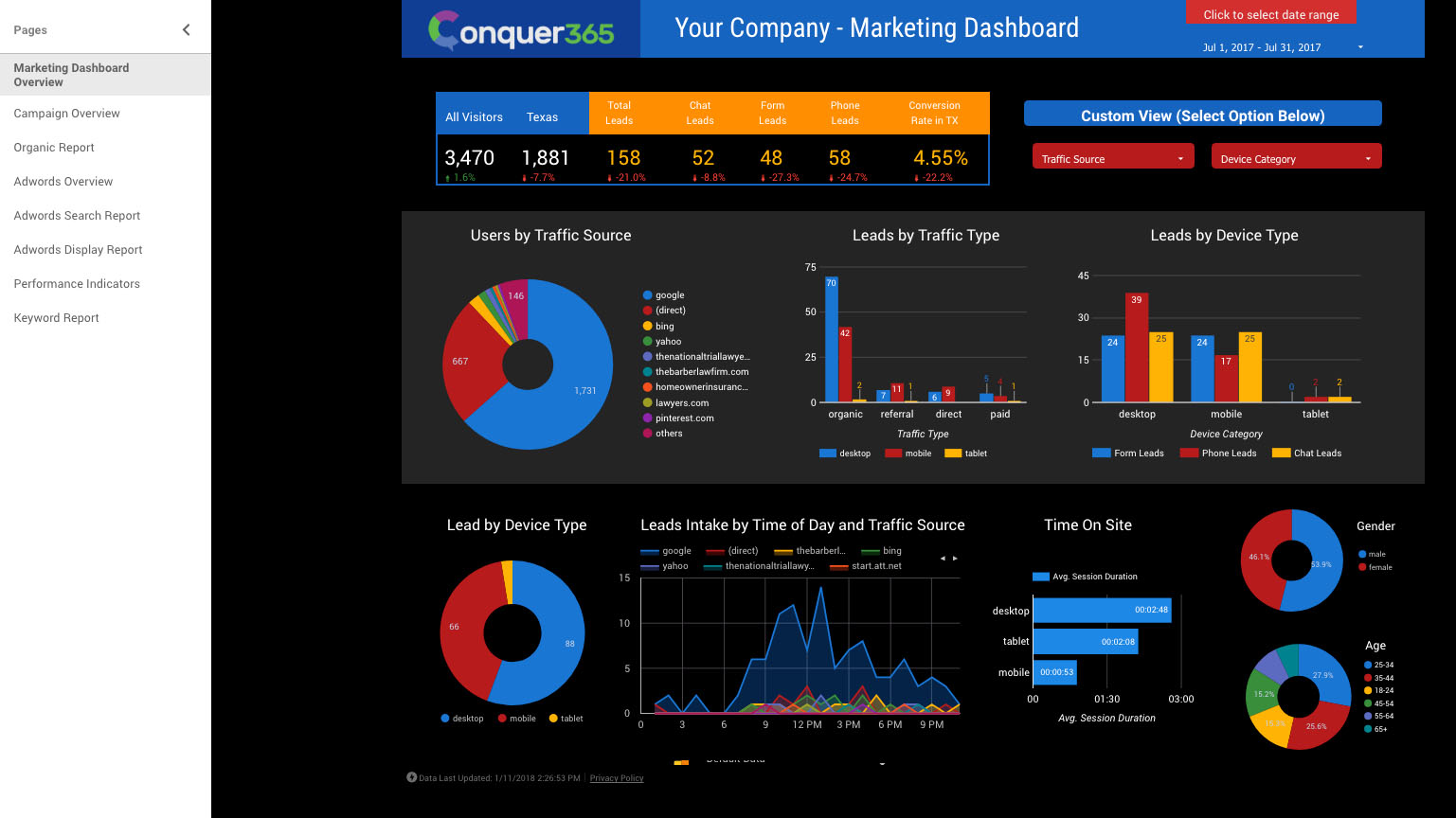Buzz of Connections
Exploring the latest trends in dating, relationships, and social interactions.
The Sneaky Science Behind User Behavior Tracking
Unlock the secrets of user behavior tracking! Discover how data influences decision-making and transforms digital experiences. Dive in now!
Understanding User Behavior Tracking: What You Need to Know
Understanding User Behavior Tracking is crucial for businesses aiming to enhance their online presence. By analyzing how users interact with a website, businesses can gather valuable insights that inform their marketing strategies. User behavior tracking involves various methods, including heatmaps, session recordings, and analytics tools. These tools not only show where users click and scroll but also help identify any barriers they encounter while navigating a site. This information is vital for optimizing the user experience, leading to higher engagement and conversion rates.
It's important to note that effective user behavior tracking goes beyond mere data collection. It requires a strategic approach to interpreting the data and applying it to improve overall user satisfaction. Businesses should focus on key performance indicators (KPIs) such as bounce rate, average session duration, and conversion rate. By continually refining their website based on user behavior insights, they can create a more tailored experience, ensuring that visitors find what they need effortlessly. Remember, a well-implemented user behavior tracking strategy can set your business apart in a competitive digital landscape.

Counter-Strike is a popular tactical first-person shooter game that has captured the attention of gamers worldwide. Players can engage in various game modes, including bomb defusal and hostage rescue, which promote teamwork and strategy. If you're looking to enhance your gaming experience, you might consider checking out a roobet promo code for exclusive rewards.
The Psychology of Clicks: How User Behavior Tracking Influences Design
The psychology of clicks is a fascinating area of study that delves into how user behavior influences web design decisions. Understanding what prompts a user to click on certain elements of a website can drastically improve engagement and conversion rates. User tracking tools, such as heat maps and click-tracking software, provide invaluable insights into how visitors interact with a site. By analyzing this behavior, designers can identify which areas of a webpage draw the most attention and which may be overlooked, allowing them to rearrange elements for maximum impact.
Incorporating user feedback and behavioral data into the design process not only enhances the aesthetic appeal of a website but also aligns it more closely with the needs and desires of the audience. For instance, a well-placed call-to-action button, informed by user interaction data, can increase click-through rates significantly. Furthermore, understanding cognitive load—the amount of mental effort being used—helps designers create a smoother user experience, reducing frustration and encouraging exploration. By leveraging the psychology of clicks, web designers can craft user-centric sites that not only captivate but also convert visitors into loyal customers.
Is User Behavior Tracking Ethical? Debunking the Myths
The ethics of user behavior tracking is a hotly debated topic, often clouded by misunderstanding and misinformation. Many people believe that tracking user behavior is inherently unethical, equating it to invasion of privacy. However, this perspective overlooks the potential benefits of tracking when it is conducted transparently and with user consent. Properly implemented tracking allows businesses to improve user experiences by personalizing content and streamlining navigation. Transparency is key; informing users about what data is collected and how it will be used can foster trust and understanding.
Moreover, a common myth is that all user behavior tracking indiscriminately collects personal data. In reality, most tracking technologies focus on aggregated, anonymized data rather than individual user identities. This means that while companies can analyze patterns and trends to enhance service offerings, the actual identity of users remains protected. Ethical tracking practices adhere to industry standards and regulations, such as the GDPR in Europe, which safeguard user information while allowing businesses to glean valuable insights. Thus, when conducted responsibly, user behavior tracking does not just serve business interests but also promotes a more engaging and tailored experience for users.